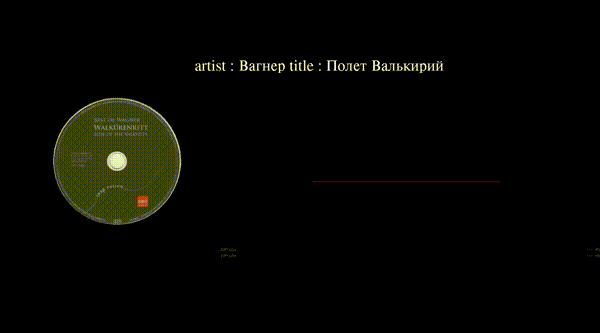NPP for Google
When it comes to biohacking and improving brain function, the focus is not only on what a person consumes, but also on his environment. We are the arithmetic mean of the set of ideas that surrounds us. And when the world's leading corporations shift their emphasis from blind exploitation to creation and development, this is wonderful. Using Google as an example, it is taking a new step in creating the first corporate nuclear reactor.

We are talking about “the world’s first corporate agreement to purchase nuclear energy in the format of several modular reactors.” For Google, this is a tool to achieve the goal of zero carbon emissions in the production chain by 2030. More materials that combine corporations, biotechnologies, neural networks and the prospects for improving humans as a species – in our community. Subscribe so you don't miss the latest articles!
Google's Energy Vision
When it comes to reducing its carbon footprint, Google certainly backs its words with action. Just last year the company launched advanced geothermal power plant in Nevada, which has already achieved impressive results in using heat from below the Earth's surface to generate electricity.
Now the tech giant has signed an agreement with Kairos Power, a company that specializes in developing small modular nuclear reactors, or SMRs. As their name suggests, these modular units are much smaller than traditional nuclear reactors. Their main advantage is that they are designed for sharing, so they can be networked together to produce the amount of energy that a business or commercial power grid needs.
In 2023, Kairos received U.S. Regulatory Commission approval to build the Hermes demonstration reactor, and the company began construction earlier this year. project implementation in Oak Ridge, Tennessee.
Goals and prospects of the Google nuclear project
The new agreement between Kairos and Google will see the deployment of multiple Kairos SMR fleets in areas where Google is building data centers. The key goal is to reach 500 MW of nuclear energy on the grid by 2035. The first deployment of SMR is planned for 2030.
Having a multiple deployment agreement is important for accelerating the commercialization of advanced nuclear power, demonstrating the technical and market viability of a solution critical to decarbonizing the electricity grid, while delivering much-needed energy and capacity generation. This move by Google is a strong signal of consumer demand that underpins Kairos Power's ongoing investment in our iterative development approach and scaling up commercial production.
Jeff Olson, Kairos Power Vice President of Business Development and Finance.
In a blog post about the agreement, Google points out that the US Department of Energy says nuclear power has “the highest economic impact of any source of electricity generation” and that the agency estimates that bringing 200 GW of new nuclear power online by 2050 would create 375 000 jobs. Google also says that new sources of electricity will be needed in the coming years to support the development of artificial intelligence technologies.
Safety first
Mention “nuclear reactor” and the word “safety” it will come to mind. While disasters like Chernobyl and Fukushima burn brightly in our collective memories, the fact is that modern modular nuclear reactors, known as Generation IV reactors, are much safer than the giant plants that were deployed in the past.
Kairos produces SMRs that use fuel pellets known as tristructural isotropic (TRISO) particles.
These poppy seed-sized particles consist of a core of uranium, oxygen and carbon, encapsulated in three layers of carbon-based materials and ceramics. The shells provide containment of radioactive particles formed during the fission process. For Kairos reactors, TRISO particles are formed into larger “pebbles”, about the size of a billiard ball. These pebbles can be fed into the reactors while they are running.
The second important safety feature of Kairos reactors is that they are cooled with molten salts instead of water. These salts can remain stable at extremely high temperatures. This means that if the plant were to shut down due to an emergency, the salts would naturally cool the reactor as they would not boil off, reducing the risk of overheating.
Puzzle piece
For its part, Google views SMR as just one component of a clean energy strategy that also includes wind, solar and geothermal energy. However, unlike wind and solar solutions, SMRs offer the ability to produce carbon-free energy around the clock, regardless of weather or sunlight intensity, anywhere at any time.
Despite the crises and ups and downs of the last 5 years, we are lucky to live in an interesting era. When private companies become leaders in space exploration and nuclear energy, when individual websites suddenly become “threats to the nation” through entertainment or science-fiction videos, or when one person has enough resources at his disposal to live a lifestyle that interests him.
Read more about wondrous paradoxes, the nature of consciousness and the symbiosis of man and technology. community materials. Subscribe so you don't miss new articles!





